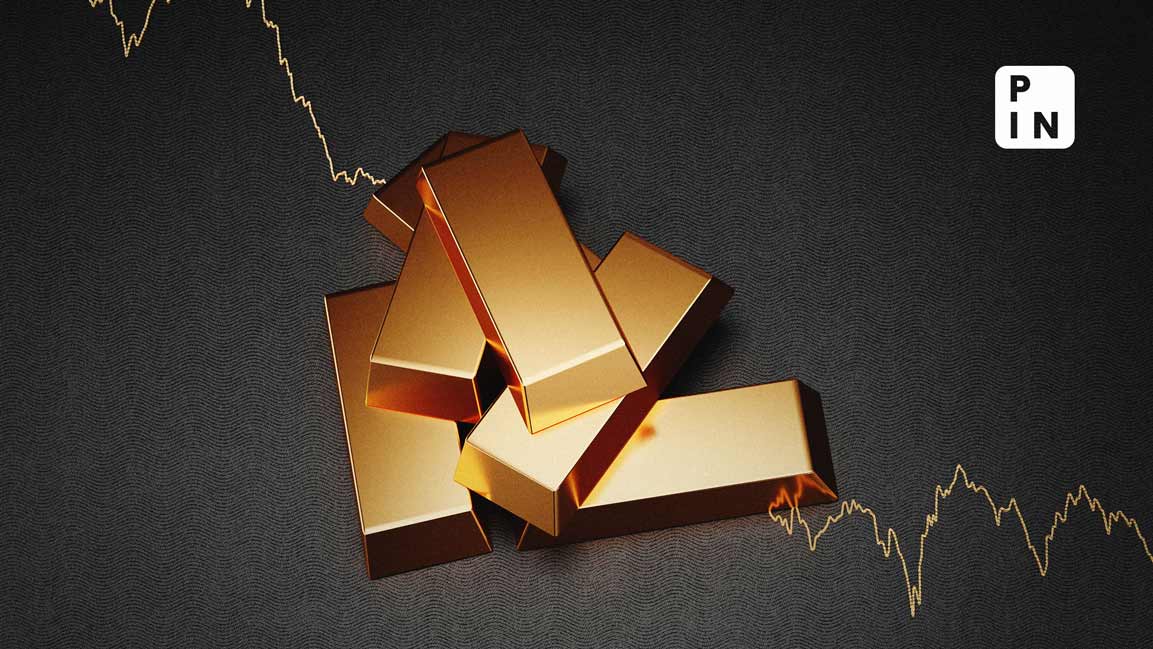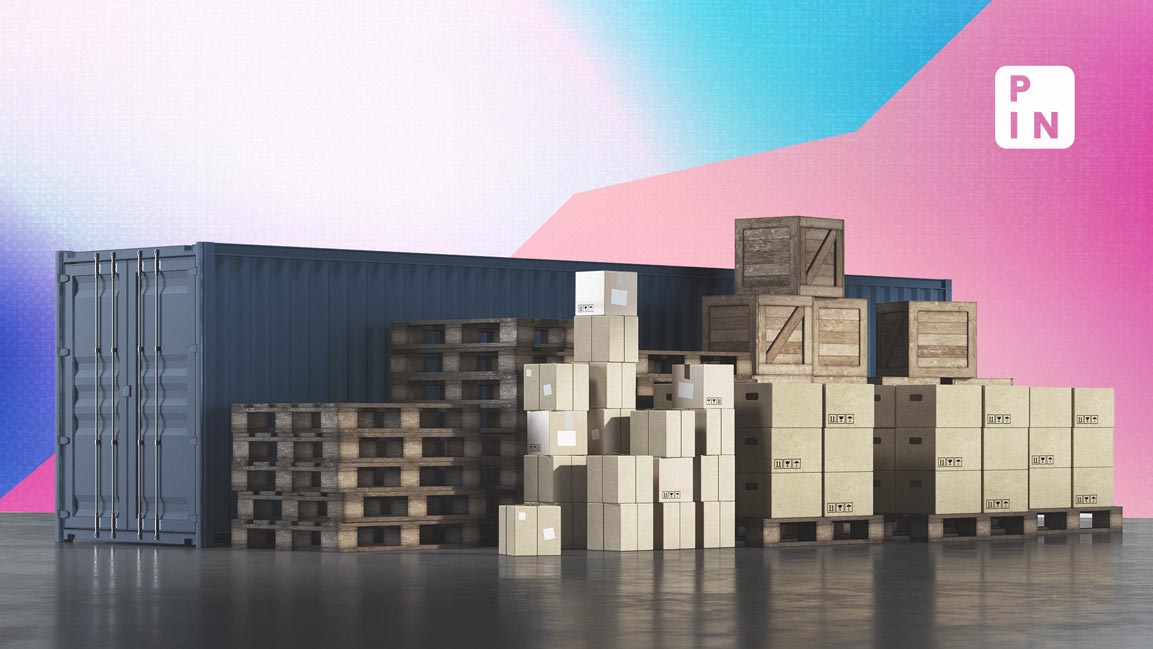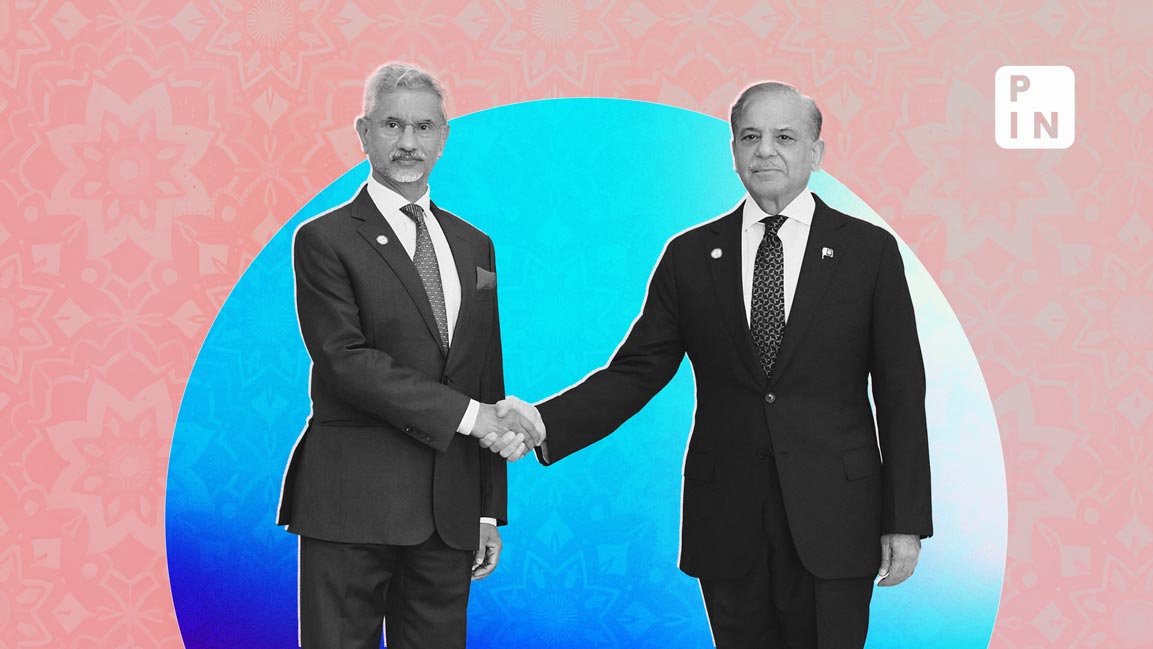- | 3:30 pm
Steep tariff cuts on gold, silver reshape market
Steep tariff cuts on gold, silver, and platinum in the budget will also reduce reliance on imports via the UAE, think tank GTRI said.

Steep tariff cuts on gold, silver, and platinum in the budget will reshape the dynamics of the precious metals market and reduce reliance on imports via the United Arab Emirates (UAE), think tank Global Trade Research Institute (GTRI) said.
In her budget on Tuesday, finance minister Nirmala Sitharaman cut customs duties on precious metals from 15% to 6% for gold bars, from 14.35% to 5.35% for gold and silver dore, and from 15.4% to 6.4% for platinum. A dore is a semi-pure alloy of gold or silver that contains both precious metals and impurities.
The tariff cut caused a significant price drop in a single day, with gold prices falling by 5.28% from ₹75,500 to ₹68,500 per 10 grams, and silver prices dropping by 5.28% from ₹91,700 to ₹86,850 per kilogram.
The reduction in import tariffs is expected to cause further price declines, with an anticipated total decrease of 7.56%, according to GTRI founder Ajay Srivastava.
To be sure, total import tariffs on gold and silver were 18%, including 3% GST. After the cuts, the tariffs come down to 9%. Assuming 1% handing charges, the impact on on gold and silver prices would be 7.56%, Srivastava said.
Lower prices boost demand
From a consumer’s perspective, the lower prices will boost demand, also benefiting jewelers who will see increased business as the precious metals become affordable. Lower margins are also likely to reduce gold smuggling activities.
Banks, jewelers, and private firms holding gold imported at the earlier 15% duty will, however, incur significant losses.
The reduction in duty from 15% to 6% for most favored nations (MFN) will lead to a loss of ₹28,000 crore annually for the government based on import data for FY24 when India imported gold worth $45.54 billion and silver worth $5.44 billion, and exported jewellery worth $13.23 billion.
The tariff cuts are also expected to reduce gold and silver imports from Dubai under the India-UAE CEPA, Srivastava said.
But, as India has committed to zero tariffs on platinum and silver over the next two and seven years, respectively, the possibility of future concessional tariff imports remains, necessitating renegotiations of CEPA, he added.
How budget addressed anomalies
Under the India-UAE CEPA, 200 metric ton (MT) of gold, a quarter of India’s annual imports, was allowed at 1% concessional tariffs. This 1% rate remains unchanged despite the new duty reductions, which lowered standard gold tariffs from 14% to 5%.
However, all other import channels for bullion from Dubai under CEPA will be affected. For instance, gold previously imported as a platinum compound at 5% tariffs benefited from a 10% duty arbitrage. With the new 6% MFN duty, this arbitrage drops to 1%, but will rise to 3.5% next year and 6% in two years as CEPA tariffs on platinum drop to zero as per the FTA deal.
Silver imports, previously at 8% tariffs, enjoyed a 7% arbitrage. Now, with the MFN duty reduced to 6%, this arbitrage disappears but will return to 6% over the next seven years as tariffs on silver are eliminated.
The India-UAE CEPA allows unlimited imports of gold, silver, platinum, and diamonds from the UAE into India with zero tariffs in the coming years. This would have led to significant annual revenue losses, moved import business from banks to a few private traders, and replaced top suppliers with Dubai-based firms, GTRI said.
“It would also have disrupted the domestic diamond and jewelry industry, with major imports coming from GIFT City, which has transparency issues. The budget addressed most of these issues with bold measures,” it added.













